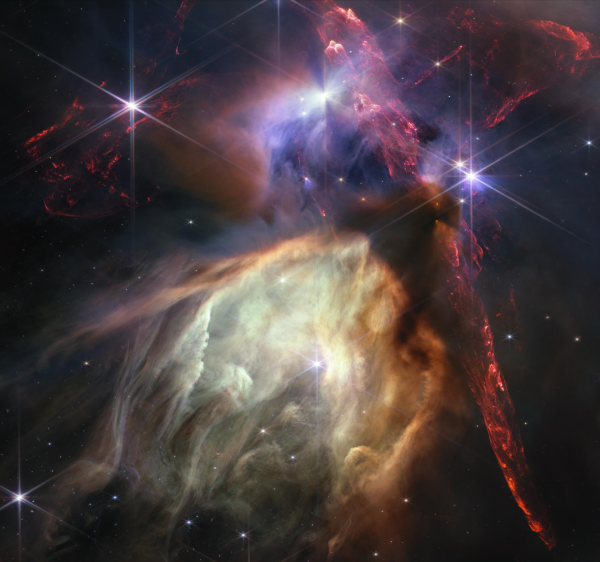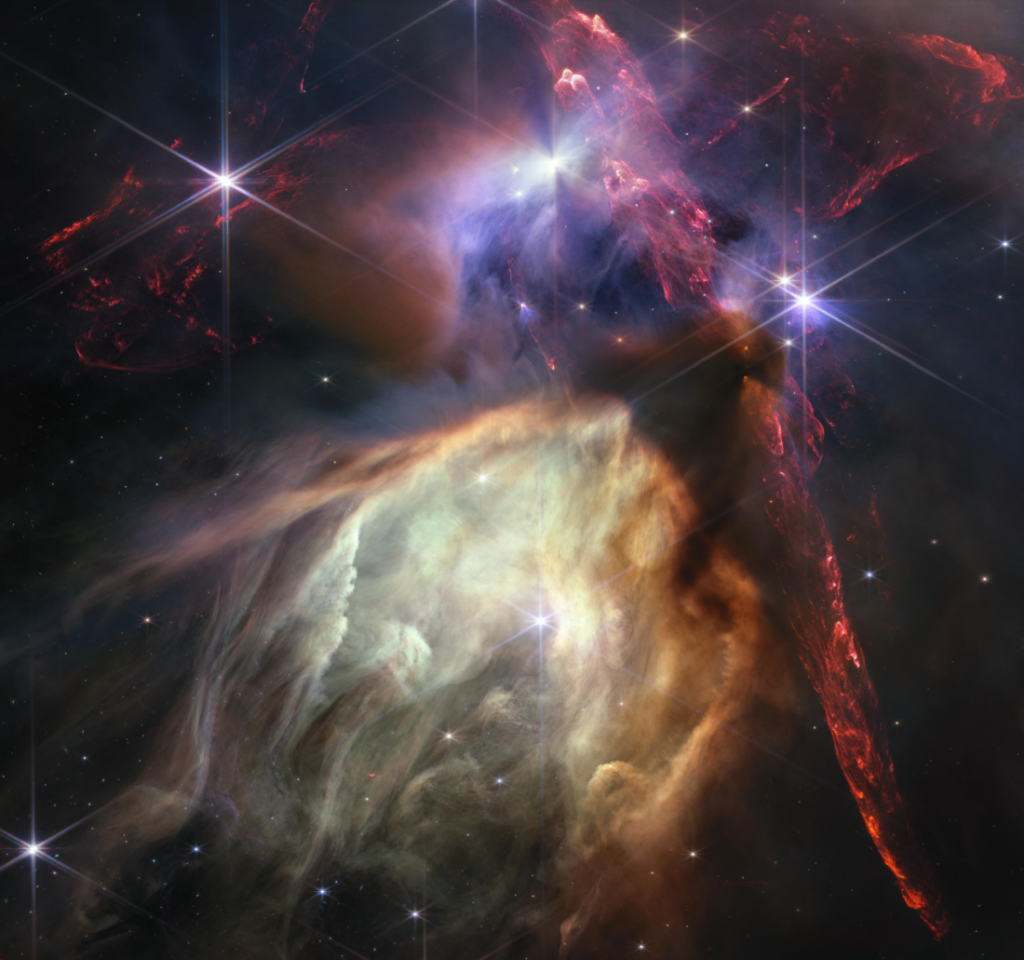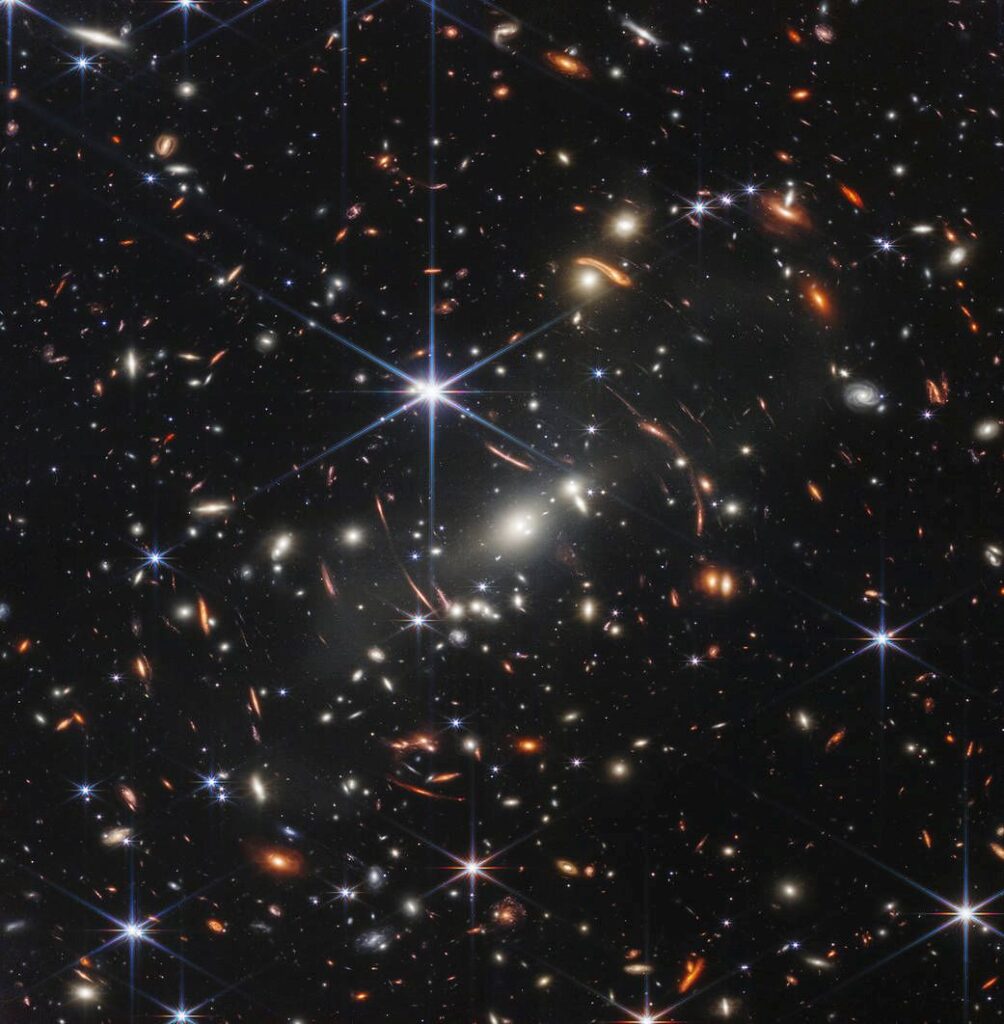
NASA celebrates one-year anniversary of first Webb Telescope image with stunning new photo beamed from space
It’s been one year since the world viewed the first image sent from space from the James Webb Space Telescope. On July 11, 2022, “President Joe Biden went live to unveil that first deep space image received from NASA’s Webb Telescope.”
To celebrate the one-year anniversary of that first image, NASA has shared another stunning photo from the Webb Space Telescope showing a small star-forming region in the Rho Ophiuchi cloud complex. See below.

“In just one year, the James Webb Space Telescope has transformed humanity’s view of the cosmos, peering into dust clouds and seeing light from faraway corners of the universe for the very first time. Every new image is a new discovery, empowering scientists around the globe to ask and answer questions they once could never dream of,” said NASA Administrator Bill Nelson. “Webb is an investment in American innovation but also a scientific feat made possible with NASA’s international partners that share a can-do spirit to push the boundaries of what is known to be possible. Thousands of engineers, scientists, and leaders poured their life’s passion into this mission, and their efforts will continue to improve our understanding of the origins of the universe – and our place in it.”

The new Webb image released yesterday features the nearest star-forming region to us. Its proximity at 390 light-years allows for a highly detailed close-up, with no foreground stars in the intervening space.
Webb’s image shows a region containing approximately 50 young stars, all of them similar in mass to the Sun, or smaller. The darkest areas are the densest, where thick dust cocoons still-forming protostars. Huge bipolar jets of molecular hydrogen, represented in red, dominate the image, appearing horizontally across the upper third and vertically on the right. These occur when a star first bursts through its natal envelope of cosmic dust, shooting out a pair of opposing jets into space like a newborn first stretching her arms out into the world. In contrast, the star S1 has carved out a glowing cave of dust in the lower half of the image. It is the only star in the image that is significantly more massive than the Sun.
Some stars in the image display telltale shadows indicating protoplanetary disks – potential future planetary systems in the making.
The James Webb Space Telescope is the world’s premier space science observatory. Webb is an international program led by NASA with its partners, ESA (European Space Agency) and the Canadian Space Agency. You can read more about the mission here: https://webb.nasa.gov/
For more on the one-year anniversary of the first image received from space and the most recent image beamed from the Webb Space Telescope, see the video posted below,
(Source: NASA Jet Propulsion Laboratory)
Posted by Richard Webster, Ace News Today / Follow Richard on Facebook, Twitter & Instagram






